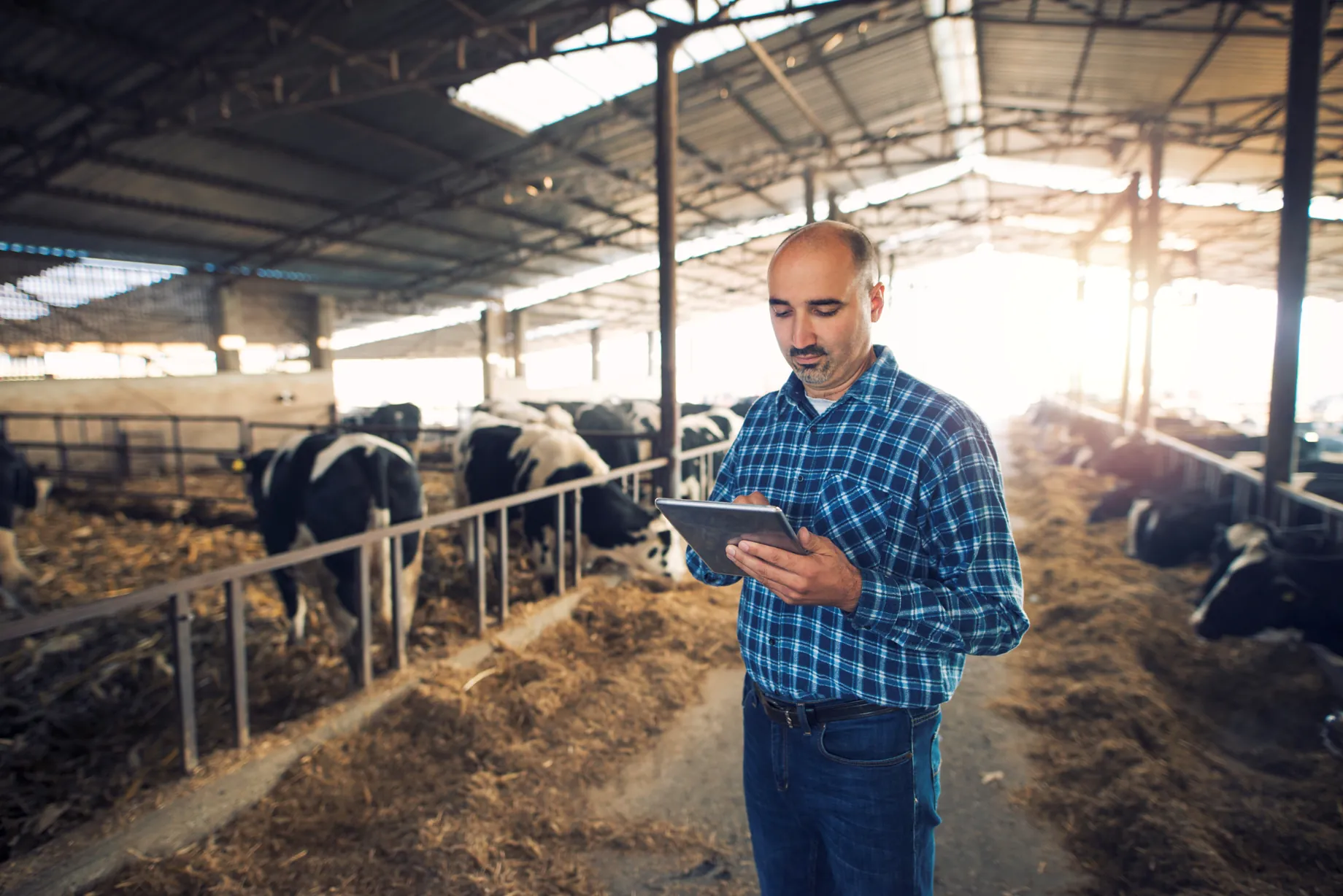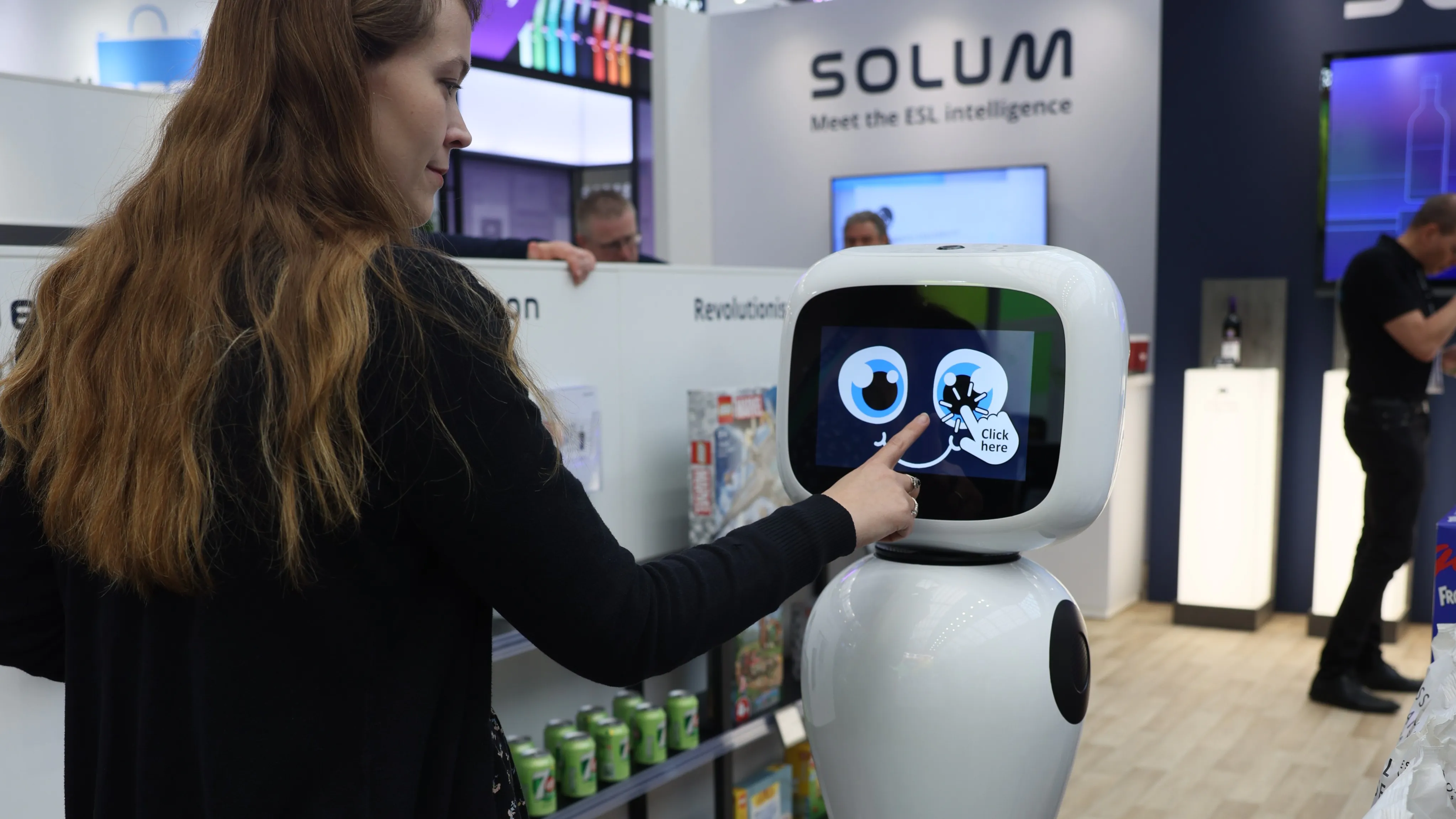How Does Digital Livestock Farming Technology Affect Agriculture?
Modern technology and the ongoing trend of digitization have impacted a lot of elements of people's lives. But did you know that it has also transformed the agriculture and livestock industries?
Nowadays, farmers, ranchers, and other professionals in the farming and livestock communities have a chance to revolutionize their livelihoods. This is due to the emergence of livestock farming technology. Various kinds of technologies are being developed, tested, and utilized to create a positive impact on agriculture. Imagine livestock farming and animal culture powered by modern technologies. What you get is maximum operational efficiency, a wealth of data and insights, and a chance to provide the best care and management for the animals.
What is livestock farming technology?
Livestock farming technology refers to the use of modern scientific and technological advancements to improve the efficiency, productivity, and sustainability of livestock production. This type of technology encompasses a wide range of innovations and practices aimed at optimizing various aspects of livestock farming and production. This includes animal health, nutrition, housing, breeding, and overall farm management.
These technologies allow for improved monitoring and management of livestock as well as animal welfare. They can help increase production yields while still maintaining animal health and reducing environmental impacts. With the advancement of technology around us, livestock farming technology is becoming increasingly common and is transforming the way farmers and ranchers raise their animals.
Here are some key areas of livestock farming technology:
- Genetics, Breeding, and Reproduction
- Nutrition and Feed Management
- Animal Welfare, Health, and Veterinary Care
- Housing and Environment
- Data Analytics and Farm Management
- Biotechnology
- Wearable Technology and Precision Livestock
- Sustainable and Evergreen Practices
What are examples of digital livestock farming technology?
Livestock farming technologies include innovations such as tracking systems, automatic feeders and watering systems, digital and mobile applications, drug delivery systems, health records, and analytic software.
Digital livestock farming (DLF) technology, another form of livestock farming technology, is used to connect farmers with their livestock through various sensors, data analysis, and computer vision. Also known as Precision livestock farming (PLF), this allows farmers and ranchers to optimize production and efficiency.
Examples of digital livestock farming technology include IoT sensors to track herd health, RFID ear tags for livestock identification, drought-sensing technology to provide insight into the timeliness of grazing and pasture management, and artificial intelligence that can analyze video surveillance of livestock.
How does digital livestock farming technology affect agriculture?
The arrival of digital livestock farming technology has revolutionized the agricultural industry and farming community. Right now, its impact can't be ignored. Here are some ways in which digital livestock farming technology affects agriculture for the better.
Data-Driven Decision Making
First of all, this kind of technology helps the farming community make more data-driven decisions. They enable the collection of vast amounts of data on various aspects of livestock farming. This includes animal health, behavior, nutrition, and environmental conditions. Analyzing this data helps farmers make informed decisions, optimize resource utilization, and enhance overall farm management.
Improved Animal Health and Welfare
Digital livestock technology aids in the early detection of diseases and health issues. With real-time monitoring, farmers can identify sick animals quickly, isolate them, and provide appropriate treatment. This helps reduce the spread of diseases among the animals and minimize the use of antibiotics or severe treatment.
Optimized Breeding Programs
Livestock technology tools also allow for better genetic selection, breeding, and reproductive management. Farmers and ranchers can have a better understanding of the reproductive stages of individual animals. They can also use data analysis and genetic algorithms to identify animals with desirable traits and incorporate them into breeding programs. This leads to an optimized program, and improved livestock genetics and performance.
Precision Livestock Farming
Through the use of sensors, RFID tags, monitoring systems, and other precision livestock technologies, farmers and ranchers can track individual animals' health, growth, and behavior in real-time. This information allows for more personalized care and timely interventions, leading to better animal welfare and increased productivity.
Increased Productivity
Livestock technology enables farmers to record and access detailed records of their animals, automate animal health treatments, monitor their fecal waste output, and more. This technology has enabled farmers to maximize their productivity and output, reducing feed costs and reducing the impact of diseases and pests. This also helps to optimize land resources, allowing for more balanced land management practices.
Automated Systems for Efficiency
Automation technology, such as automatic feeding and milking systems, reduces manual labor and improves efficiency. It ensures consistent and timely feeding, resulting in better animal nutrition and growth. The application of digital livestock technology also helps farmers better understand the needs of their livestock, enabling them to focus on selecting and using the best practices for their animals and land.
Environmental and Sustainable Impact
Another result of utilizing various livestock farming technologies is that farming practices have become much more efficient and sustainable. These technologies can help minimize the environmental footprint of agriculture and livestock. Precision feeding reduces feed waste, while optimized waste management systems can reduce pollution and contribute to sustainable practices.
Remote Monitoring and Management
Digital technologies enable farmers to monitor and manage their livestock remotely. This is especially beneficial for large-scale farms or when farmers need to travel, ensuring constant oversight and care. Farmers and ranchers can identify changes in animal behavior, monitor herd health, and view real-time data analysis even when they're away. They will be able to provide the best care for them remotely.
Reduced Costs and Increased Profits
By leveraging advances in technology, farmers in the livestock sector will also be able to reduce their overhead costs, as well as improve overall herd health and production. They will also be able to optimize their livestock operations so they can increase their profits.
Livestock farming technology has arrived to aid farmers, ranchers, and other professionals in the modern world. Take some time to study which livestock technology fits with your farming operations to achieve better efficiency, better environmental impact, increased profits, and more. Or talk to SOLUM Group today and find out how our livestock healthcare solution can ease your operations.











